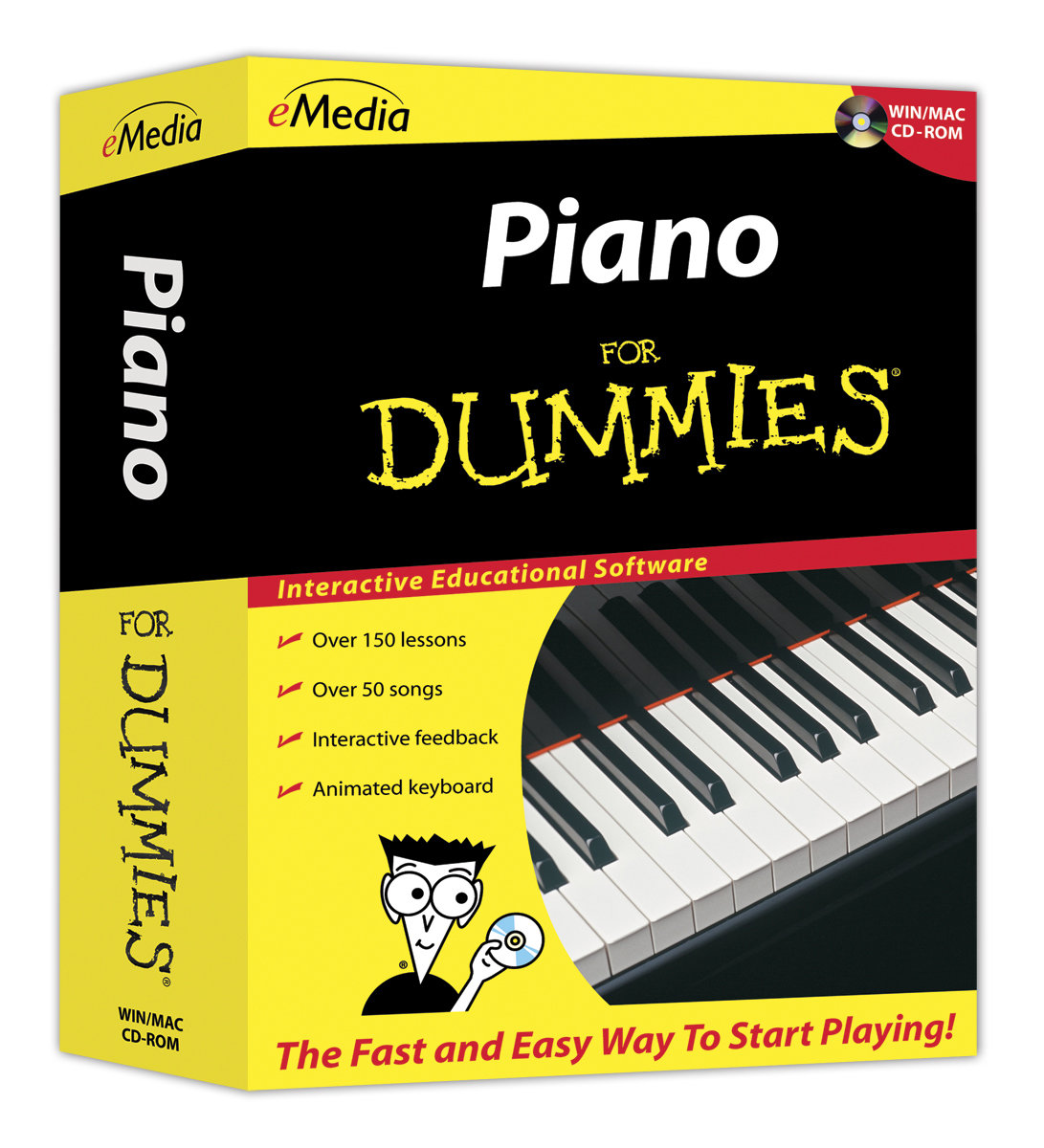Bootmgr is missing while installing windows 7 from usb. This audio and video resource center is an interactive addition to Piano For Dummies, 3rd Edition, with bonus material created to help you better understand the concepts and techniques from the book. You can navigate to your desired video clip and audio track by viewing a chapter, then selecting individual clips or tracks in the content menu.
Please note that the audio tracks do not feature any video, so the player will display a blank screen while playing. If you would like to download the audio tracks for offline playing, use the Download links provided below. Be sure to download to your computer first, unzip the files, then transfer the audio files to any portable devices after that.
Download the audio tracks
Tracks 1-50
Tracks 51-95
Listen to the audio tracks and watch the video clips
Ch 2 Ch 5 Ch 7 Ch 8 Ch 9 Ch 10 Ch 11 Ch 12 Ch 13 Ch 14 Ch 15 Ch 16 Ch 17 More on Pianos
First Piano Lessons - Learn Piano Notes on the Keyboard and Music Staff, and Basic Chords and Scales. This absolute beginner's course will teach you how to play piano and keyboard. This is the perfect first course and introduction to piano music. You will learn to play the piano from scratch.
- Start Playing Piano Today the Piano For Dummies Way. EMedia Piano For Dummies lets you learn piano at your own pace the fun way! Learn piano at home with piano lessons software combines the For Dummies attitude with eMedia Interactive Feedback technology to help you learn faster.
- Click here for keyboard lessons with Rocket Piano. The Key of A Minor (Relative of C major) – (Free Beginner Keyboard Lessons) The relative minor starts three semitones below its relative major, or the 6th tone; for example, A minor is three semitones below its relative, C Major or on the 6th tone of the scale. The relative minor of a.
Chapter 2: Meeting the Keyboard Family
Chapter 5: Eighty-Eight Keys, Three Pedals, Ten Fingers, and Two Feet
Chapter 7: Joining the Rhythm Nation
Chapter 8: Changing the Beaten Path
Chapter 9: Playing a Melody
Chapter 10: Scaling to New Heights
Chapter 11: Hey, Don’t Forget Lefty!
Chapter 12: The Building Blocks of Harmony
Teaching Piano For Dummies
Chapter 13: Understanding Keys
Chapter 14: Filling Out Your Sound with Chords
Chapter 15: Dressing Up Your Music
Chapter 16: Great Grooves List 1
Chapter 16: Great Grooves List 2
Chapter 17: Perusing the Aisle of Style
Visit these pages for more information about Pianos!
Pedal Exercises for the Piano or Keyboard
Jump Exercises for the Piano or Keyboard
Great Intros for the Piano or Keyboard
Great Finales for the Piano or Keyboard
How to Play Songs with Chords on the Piano or Keyboard
How to Play Melodies in the Right Hand on the Piano or Keyboard
How to Play Songs with Challenging Rhythms on the Piano or Keyboard
Perfect Piano-Playing Hand Posture
Fingering on a Piano
How to Buy a Piano
Electric Pianos
How to Identify the Keys on a Piano
top
Visit these pages for related products
Free Piano Lessons For Dummies Video

Keyboard For Dummies
Classical Music For Dummies, 2nd Edition
Piano and Keyboard All-in-One For Dummies
Music Theory For Dummies, 3rd Edition
Music Composition For Dummies
top

Learning to play the piano takes a lot of practice. For that practice to be productive, though, you need to make sure your hands are in the right place to get the notes you want and that you correctly translate musical terms and symbols.
Best Free Piano Lessons For Beginners
Common Musical Symbols and Terms for Playing the Piano
When you’re learning to play the piano, or any instrument for that matter, it can be hard to remember all those different musical terms and symbols — base or treble clef, whole notes or half notes, confusing time signatures, and more. The following can help you keep all these music symbols and terms straight — and if you get stuck often, click here to print this sheet to use as a quick reference when you need it.
Piano Keys and Their Corresponding Notes
Keys on a piano and each one’s location on the keyboard can be difficult to remember when getting started playing piano. Print this page (the notes are large enough to see easily from a distance) and place it right above the keys on your piano or keyboard to help you instantly recall the note name for each key.
Using the Right and Left Hands to Play Piano
When playing the piano, each hand has a specific function. The right hand, stationed in the treble-clef notes, general plays melodies and the left hand, in the bass quarters, handles the low end. Both hands generally flesh things out by adding harmony. Of course, there are exceptions to these rules; one hand sometimes ventures into the other’s territory.
Shown here are the numbers that correspond to the left- and right-hand fingerings — numbers you see in musical notation, especially in the context of tricky passages. Following these suggestions can help you play the music more smoothly and speed up the learning process.